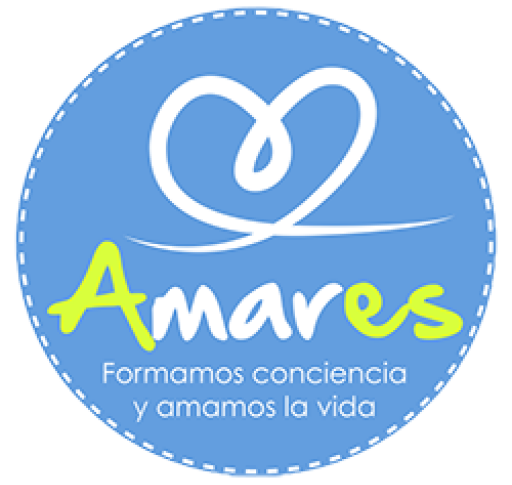In the pursuit of flawless and youthful skin, many people turn to various skincare products and treatments. One of the most popular and effective options is retinol the retinol face mask. In this comprehensive guide, we will explore the world of retinol face masks, their incredible benefits, and how to incorporate them into your skincare routine for glowing rejuvenated skin.
Introduction
What is a Retinol Face Mask?
A retinol face mask is a skincare product infused with retinol, a form of vitamin A known for its remarkable skin-rejuvenating properties. Retinol has been hailed as a game-changer in the skincare industry due to its ability to address various skin concerns, from fine lines and wrinkles to acne and uneven skin tone. Unlike traditional face masks, retinol face masks offer a targeted approach to improving the overall health and appearance of your skin.
The Science Behind Retinol
How Does Retinol Work?
Retinol works by stimulating collagen production, speeding up cell turnover, and promoting the growth of new, healthy skin cells. It penetrates deep into the skin’s layers, where it targets issues at its source. This process helps reduce the appearance of wrinkles, fine lines, and other signs of aging, giving your skin a more youthful and radiant look.
Benefits of Vitamin A
Vitamin A, the key component of retinol, offers numerous benefits for your skin. It not only promotes collagen production but also helps regulate oil production, making it an effective treatment for acne-prone skin. Additionally, it can fade dark spots and improve skin texture, leaving you with a smoother complexion.
Why Choose a Retinol Face Mask
Targeted Skin Benefits
One of the primary reasons to opt for a retinol face mask is its ability to provide targeted benefits. Unlike creams or serums that may be diluted or unevenly applied, a face mask ensures that the retinol is distributed evenly across your skin, maximizing its effectiveness.
Convenience and Ease of Use
Retinol face masks are user-friendly and convenient. They come in various forms, including sheet masks, clay masks, and gel masks, making it easy to find one that suits your preferences. Incorporating a retinol mask into your skincare routine is hassle-free and can be done at your convenience.
How to Use a Retinol Face Mask
Preparing Your Skin
Before applying a retinol face mask, it’s crucial to prepare your skin. Start by cleansing your face thoroughly to remove any makeup, dirt, or impurities. This ensures that the retinol can penetrate your skin effectively.
Application Techniques
When applying the mask, follow the instructions provided on the product packaging. In most cases, you’ll need to leave the mask on for a specified amount of time. Afterward, gently remove the mask and massage any remaining serum into your skin.
Incorporating Retinol into Your Skincare Routine
Combining with Other Products
Retinol can be combined with other skincare products, but it’s essential to use them in the correct order. Apply retinol products after cleansing and before moisturizing. Avoid using products that contain alpha hydroxy acids (AHAs) or beta hydroxy acids (BHAs) at the same time, as this can cause irritation.
Frequency and Timing
Start by using a retinol face mask once or twice a week to allow your skin to acclimate to the treatment. Gradually increase the frequency as your skin becomes more accustomed to it. It’s best to use retinol at night, as it can make your skin more sensitive to sunlight.
Potential Side Effects and Precautions
Common Side Effects
While retinol offers remarkable benefits, it can also lead to side effects such as dryness, peeling, and redness, especially when overused. To minimize these side effects, start with a lower concentration of retinol and gradually increase it over time.
Who Should Avoid Retinol?
Pregnant or breastfeeding individuals should avoid using retinol products, as there is a risk of birth defects associated with high doses of vitamin A. If you have sensitive skin or a skin condition, consult a dermatologist before incorporating retinol into your routine.
Choosing the Right Retinol Face Mask
Reading Product Labels
When selecting a retinol face mask, pay attention to the product’s concentration of retinol and the presence of other beneficial ingredients. Look for masks with at least 0.25% retinol for optimal results.
Recommendations for Different Skin Types
Retinol face masks are available in various formulations to cater to different skin types. Whether you have oily, dry, sensitive, or combination skin, there’s a retinol mask suitable for you. Be sure to choose one that addresses your specific concerns.
DIY Retinol Face Masks
Natural Ingredients
If you prefer a more natural approach to skincare, you can create your own DIY retinol face mask using natural ingredients like rosehip oil, aloe vera, and green tea extract. These ingredients offer additional skin-loving benefits.
Homemade Recipes
Explore homemade retinol mask recipes that are easy to make and customize to your liking. This allows you to control the ingredients and tailor the mask to your unique skin needs.

